
Clabber sour milk stock image. Image of meal, yogurt 62596959
The clabber milk was then placed in a large container and placed on the old wood cookstove; electric range later on,. After the clabber milk was heated to some predetermined temp or time, only known to Mom, it was removed from the stove and cooled to a bearable temp so that Mom could strain it through a cloth. Mom made the cheese quite dry, not.
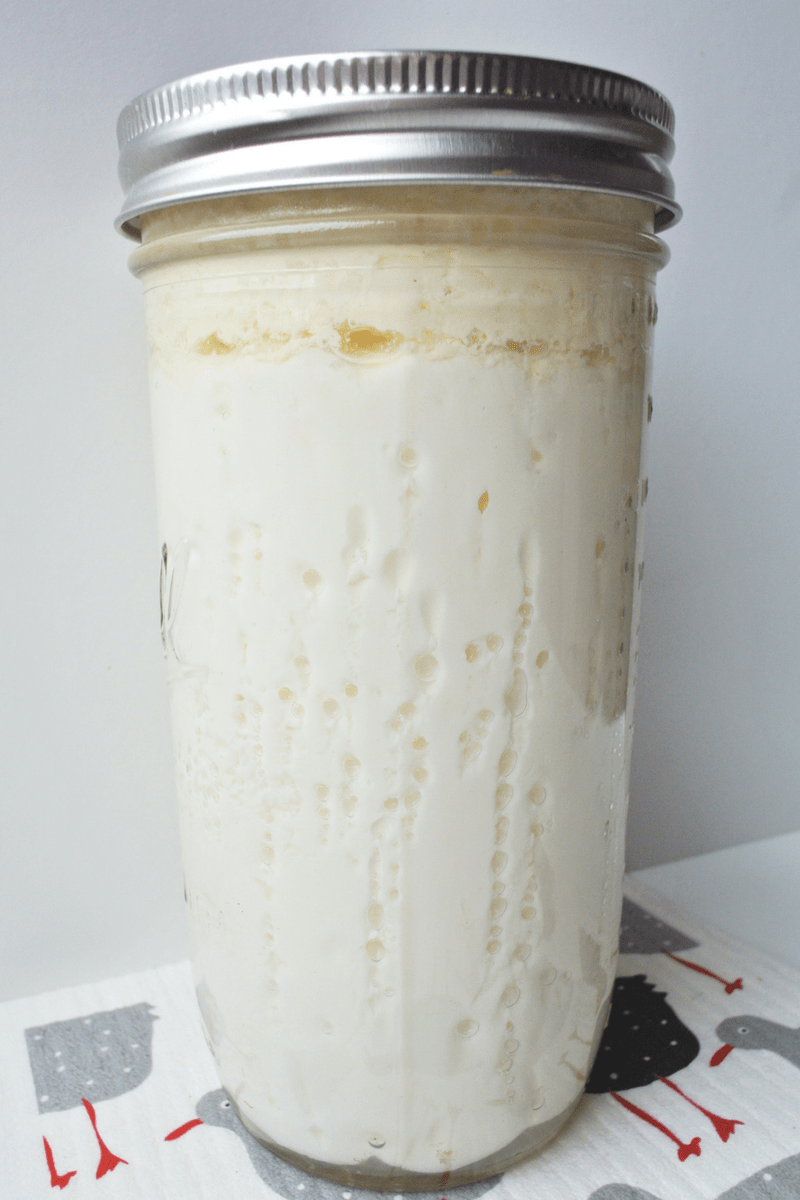
Clabber Milk What It Is, Why You Should Eat It, and How To Make It
Clabber is a traditional dairy product that is made from raw milk when the milk sours. It has a thick and custard-like consistency with a slightly tangy flavor. In essence, clabber is the result of raw milk fermenting and curdling naturally due to the activity of beneficial bacteria.
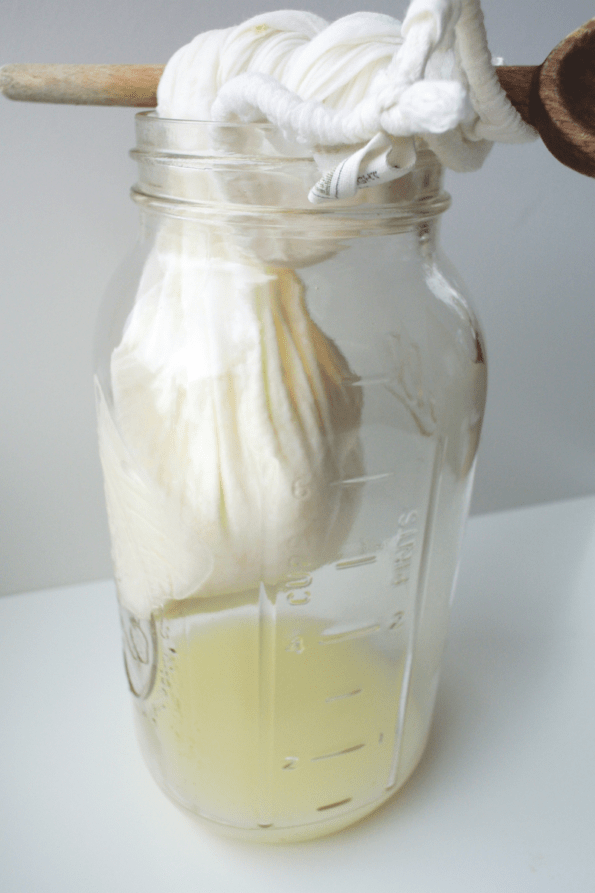
Clabber Milk What It Is, Why You Should Eat It, and How To Make It
In this video I share everything I know about making luscious, creamy clabber at home, starting with getting milk straight from the cow and ending with a dem.

how to reuse clabber milk to make home made cottage cheese for kids
Start with 1 cup of milk and heat it until it is lukewarm (avoid boiling). Add 1 tablespoon of white vinegar or lemon juice to the milk and stir until it is blended. Let the mixture stand for 5 minutes to allow the milk to thicken and clabber. Stir the mixture again and enjoy your clabbered milk! This is an amazing thing, clabbering milk.

Clabber_Step1 Raw milk recipes, Goat milk recipes, Fermentation recipes
Preparing Your Clabber Milk Corncake. Recipe serves 8 to 16 and yields one 8 by 11.5-inch baking pan of cornbread. The night before baking, combine the cornmeal and flour in a ceramic or glass bowl. Add the clabber milk to the cornmeal mixture and stir thoroughly. Cover this mixture and let it sit at room temperature for at least 12 hours.

Clabber MilkWhat It Is, Why You Should Eat It And How To Make It
Dry both the jar and the lid with a clean towel and leave them to cool down before pouring raw milk inside. Once your jar has cooled down, pour the raw milk in. Put the lid on, but loosely. For your raw milk to become sour milk, you need to let it sit at room temperature (68F - 78F pr 20C - 26C) between 1 and 5 days.
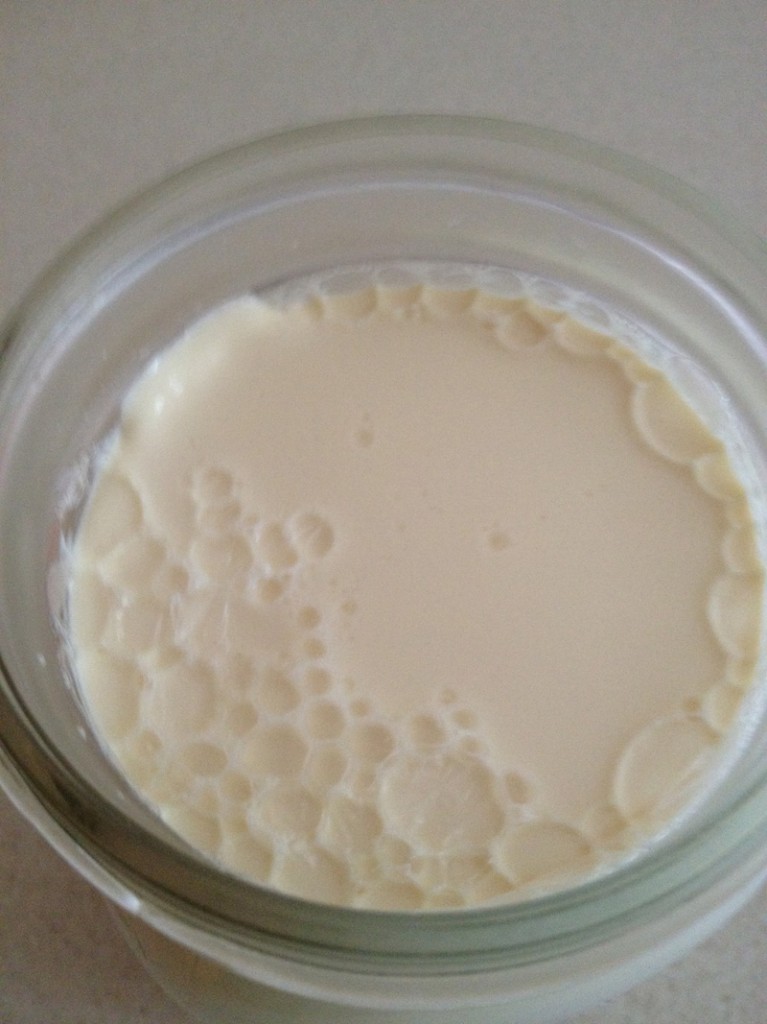
Clabbering Milk
Technically, the whole culture is the clabber milk, but can be further talked about in those three categories. Typically for baking you would stir the clabber and use it like buttermilk, but if you want to eat the curds like yogurt it would be strained to separate the curds from whey. #2 You can use a tablespoon or two of either clabber or whey.

This Clabber Milk Corncake is the perfect to so many
Clabber is a naturally sour/fermented raw milk that is actually shelf-stable. Making clabbered milk is easy if you have access to raw milk. It consists of the following steps: Pour milk into a jar and leave it covered with a towel (or in my case a paper towel) to allow friendly bacteria/wild yeasts to enter.
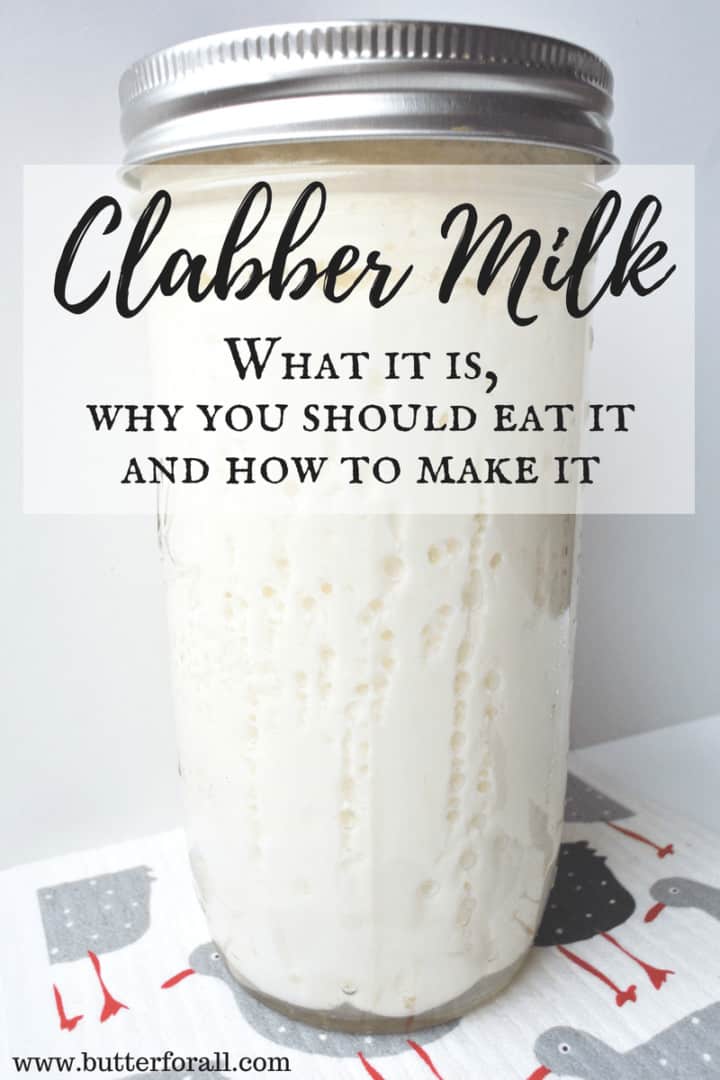
Clabber Milk What It Is, Why You Should Eat It, and How To Make It
At its most basic, clabbered milk can be made by allowing fresh, unpasteurized milk to sour and thicken. You absolutely must use raw, unpasteurized milk to make true and safe clabbered milk.Pasteurized milk does not contain the beneficial bacteria necessary for the culturing process to work and form a soured milk.
Home Farm Clabbered Milk Part 5 (another try!)
To make clabbered milk, you will need fresh, whole milk. It is important to use milk that has not been pasteurized, as the heat from pasteurization kills off the natural bacteria needed to clabber the milk. Pour the fresh milk into a clean, glass container and cover it with a clean cloth. Leave the milk at room temperature for 12-24 hours.

Clabber Milk What It Is, Why You Should Eat It, and How To Make It
Clabber is still sometimes referred to as bonny clabber (originally "bainne clábair", from Gaelic bainne—milk, and clábair—sour milk or milk of the churn dash). Clabber passed into Scots and Hiberno-English dialects meaning wet, gooey mud, though it is commonly used now in the noun form to refer to the food or in the verb form "to curdle".
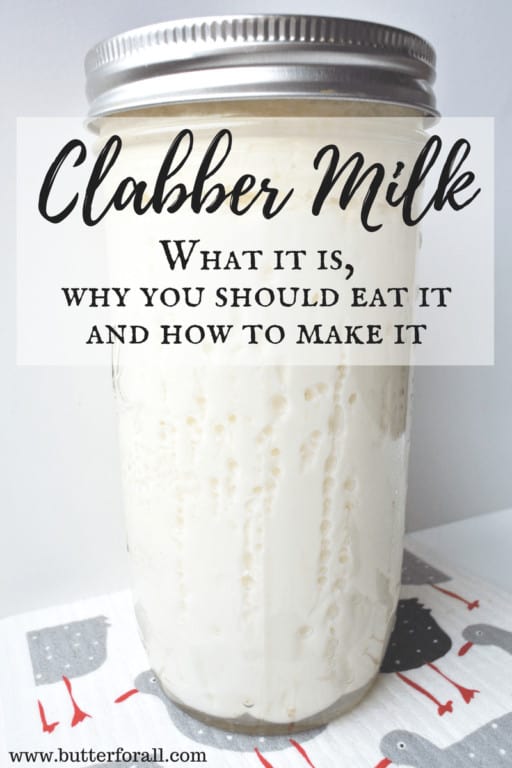
Clabber Milk What It Is, Why You Should Eat It, and How To Make It
Strain the curds from the whey. Move the curds to a bowl and break them up, add the heavy cream to moisten the mixture. Then add salt to taste. Add salt and heavy cream. With a gallon of raw milk it will yield about a quart of cottage cheese and it takes about 1 cup of heavy cream to moisten.
Cottage Life on Pilgrim's Farm To Clabber (or, Not to Clobber) Raw Milk
Clabbered milk. Start with a small jar of fresh raw milk and leave it for 24-48 hours at room temperature until it begins to curdle. Take a spoonful of that initial thickened milk and place it in a new jar. Poor fresh raw or pasteurized milk into the jar, mix it up, put the lid on, and ferment it again until it begins to thicken — about 12-24.

Raw Goat Milk Clabber / Cheese
Last Modified Date: March 06, 2024. Clabbered milk is milk which has been allowed to naturally sour, becoming thick, tangy, and very rich. It is often sold in grocery stores, where it is called buttermilk. It is among a family of cultured dairy products which have been consumed for centuries, and in many regions of the world, this sour milk is.

Can’t make good clabber to save my life... Keeping A Family Cow
Sprinkle gelatin over its surface, and allow to bloom 1 minute. Stir in gelatin, and turn heat to medium. Stir continually over medium heat until steamy and the liquid is foamy, 1-2 minutes. Remove from heat, and allow to cool 5 minutes. In large bowl whisk together clabbered milk, maple syrup, vanilla and sea salt.
Cottage Life on Pilgrim's Farm To Clabber (or, Not to Clobber) Raw Milk
"Clabbered" milk is widely recommended as a substitute for buttermilk in baked goods. The usual approach is to stir lemon juice into milk (1 tablespoon per cup) and let the mixture sit for 10 minutes to "clabber" (or thicken) before proceeding with the recipe. But after following this method and closely observing what transpired, we.